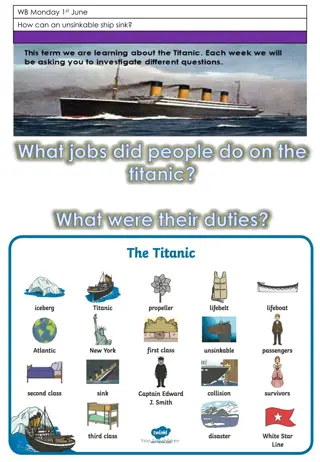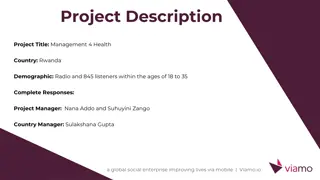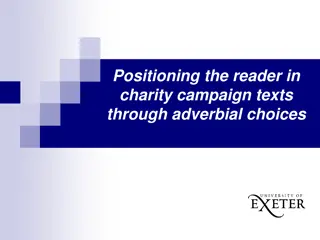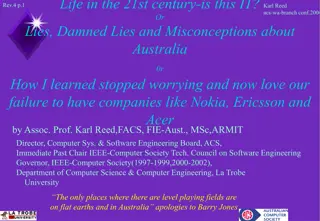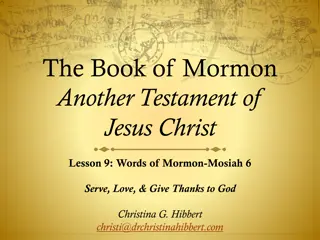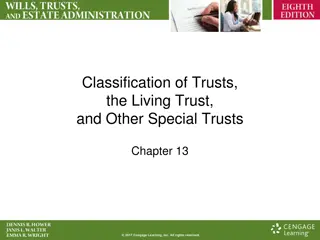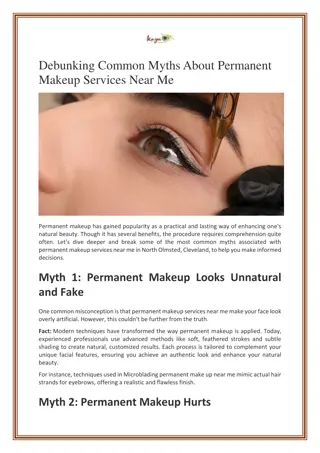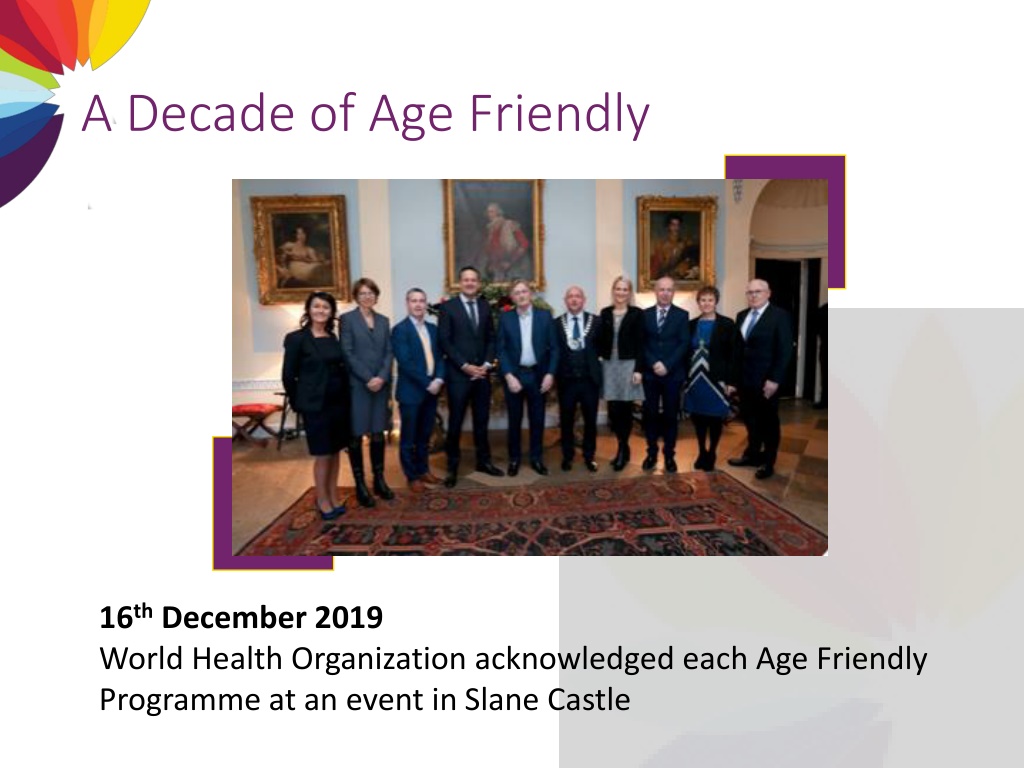
Insights on Ageing Population Trends and Consumer Behavior
Gain valuable insights into the challenges and opportunities presented by demographic changes, increasing life expectancy, and the significant consumer spending power of older age groups. Explore how companies and marketers can better understand and cater to the needs of older consumers to tap into this lucrative market segment.
Download Presentation

Please find below an Image/Link to download the presentation.
The content on the website is provided AS IS for your information and personal use only. It may not be sold, licensed, or shared on other websites without obtaining consent from the author. If you encounter any issues during the download, it is possible that the publisher has removed the file from their server.
You are allowed to download the files provided on this website for personal or commercial use, subject to the condition that they are used lawfully. All files are the property of their respective owners.
The content on the website is provided AS IS for your information and personal use only. It may not be sold, licensed, or shared on other websites without obtaining consent from the author.
E N D
Presentation Transcript
A Decade of Age Friendly 16thDecember 2019 World Health Organization acknowledged each Age Friendly Programme at an event in Slane Castle
Demographic Change: Demographic Change: The Challenge Ireland is Growing People are living longer | Population is increasing | Greater demand on services 2016 2051 Age 65+ 629,800 1.6 million Age 80+ 147,800 549,000 Source: CSO Population and Labour Force Projections 2017-2051
Demographic Change: Demographic Change: The Challenge Life Expectancy has increased by 30 years since 1926 Improvements in life expectancy will continue 2016 2051 MALES 85.6yrs 79.3yrs FEMALES 88.3% 83.3%
Harvard Business Review Harvard Business Review People over age 50 are responsible for more than half of the consumer spending in the United States. Yet to many businesses, people over 50 might as well be invisible. Only an estimated 5 to 10% of marketing budgets are devoted to winning them over. Baby boomers, born between 1946 and 1964, shell out the most each year more than half a trillion dollars, according to a study by Epsilon https://hbr.org/2020/01/dont-underestimate- the-market-power-of-the-50-crowd
Ipsos Mori Ipsos Mori Future of Ageing Future of Ageing 82% of those over age 55 say their favourite retail brand no longer understands them or what they need When you portray older people, get it right. Our perceptions of later life are wildly out of step with reality, due in part to depictions of older people in advertising and media 31% of the public would like to see more older people in advertising. Four in Five of those working in advertising, media and PR agreed that the advertising industry comes across as ageist https://www.ipsos.com/sites/default/files/ct/news/documents/2019- 02/thinks_theperennials.pdf
The Financial Times One in five UK baby boomers are millionaires, 20%, compared with 7% in 2006 The wealth disparity has given rise to BOMAD the bank of mum and dad with one recent survey estimating that parents helping with property deposits are behind up to one in four transactions in the UK. https://www.ft.com/content/c69b49de-1368- 11e9-a581-4ff78404524e
The 60+ age group is the most The 60+ age group is the most comfortable spending money comfortable spending money 63% of 60+ year olds say if they see something they like, they buy it. In contrast, only 55% of 16 to 29-year olds feel as confident when they shop. (www.checkout.com) Older shoppers don t spend ages deciding whether to buy something or not; if they like it or need it, they buy it. Social media has little to no impact on this group s buying cycle. (www.checkout.com) Older people are loyal customers and outspend younger shoppers. They have a lot of purchasing power, but also have time to shop and really enjoy shopping. (Source: Meneely and Burns, Journal of Retail Management)
What needs to change? How should we be What needs to change? How should we be portrayed in advertising? OPC portrayed in advertising? OPC Liz: We are happy-go-lucky, busy, doing things we enjoy. We have active, full lives. We need to see this on our screens . Phil: Our expertise is never shown. We have so much learned and world experience. May: I d love to be seen buying a new car. Maybe a car manufacturer would sponsor an older brand ambassador Mary: I travel to new places and cities completely on my own, without any prior knowledge or language, and I get on just fine. So do many other people like me. This should be shown in advertising and tv.
OPC Feedback Susan: Older people need to turn up more in ads, and not in a caricature kind of way. In an ad for a restorative face cream, why is the model 45? She should be my age, I am the one who needs and will buy a restorative face cream! Janet: Show older people as independent, powerful, positive at a part of their lives when they have the time and space to do the things they want to do May:The word elderly , sounds bent over, wrinkled. The word older is strong, upright.
OPC Feedback Marie: I m still playing golf at age 90 Kevin: I marshall a Park Run every week. I have just participated in my 100th event. Mai:I am also a golf nut. I m the oldest player in my club. I play every week with two 50 somethings and we get on just great, they are my friends, they never speak down to me, the intergenerational thing is just great. Frank: The stereotyping of older people has to stop. It just doesn t fit the way the world is any more
The Age Friendly Business Recognition Programme


